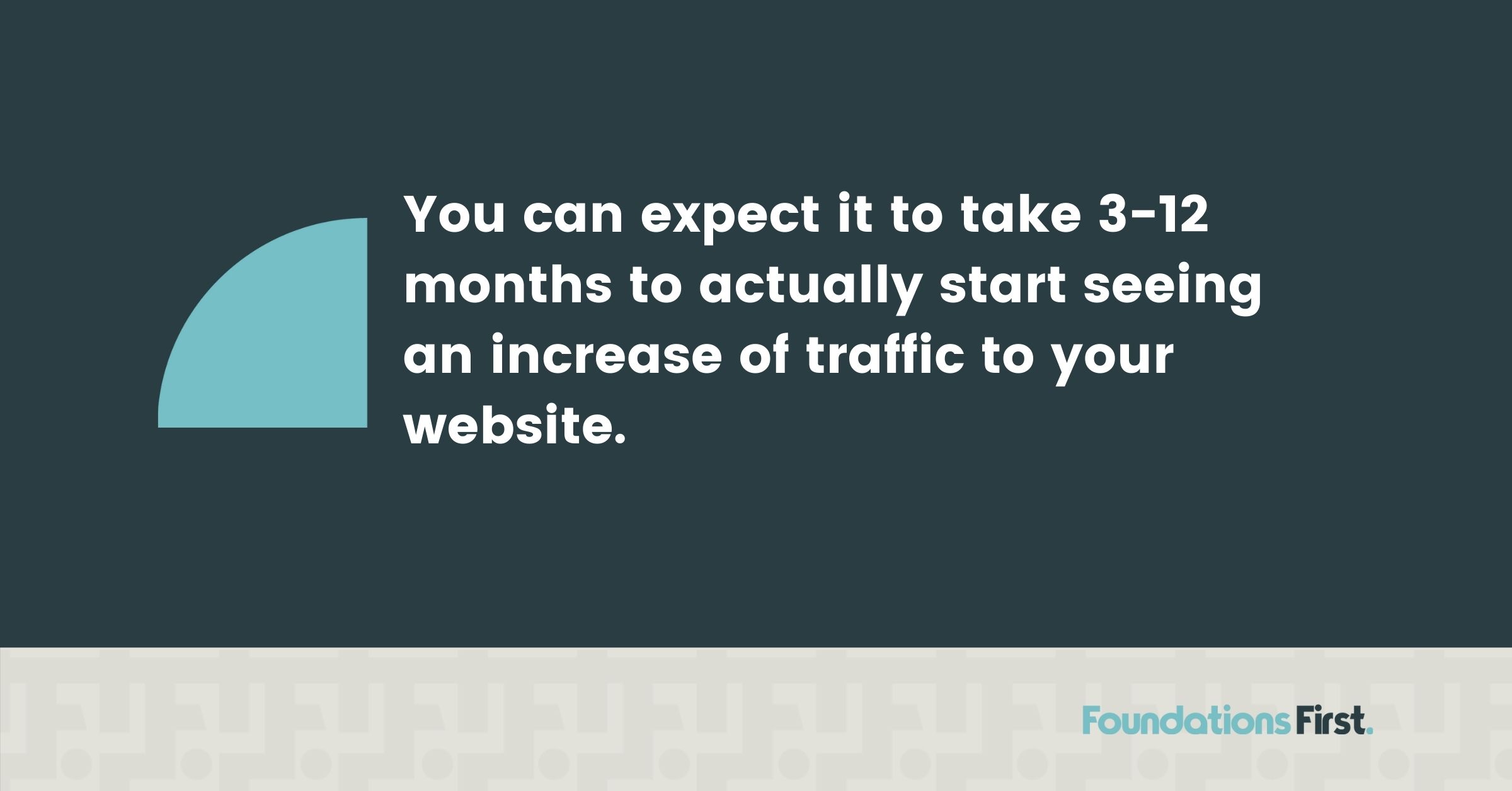Blog Outsourcing–Tips and Warnings

It’s a point a lot of B2B entrepreneurs hit–that point of exhaustion that occurs when you realize you’re spending too much time and emotional bandwidth on your blog. Frustrated, you throw up your hands and surrender! You simply have to move blog writing off your plate so you can do other things to grow your business. Ah, but here’s the rub. Now you have to find a writer. Don’t jump in blindly. Before you outsource your blog and content writing, learn what blog outsourcing entails.
If you’ve hit that surrender point, don’t act until you’ve gathered some information. By arming yourself with some tips, warnings, and reliable resources, that next challenging step will be a whole lot easier. And outsourcing is challenging, especially for small businesses. We know. We’ve struggled with outsourcing too. We’re hoping that the following information will give you some food for thought as you start the search for a writer.
Adjust Your Expectations
Content is a long game.
When you’re first getting started with content marketing, it’s hard not to expect results immediately. The truth is, content in general and blogs in particular require commitment and patience. Readership and SEO juice don’t happen overnight. You can expect it to take 3-12 months to start seeing an increase of website traffic due to your content.
Distribution is 80% of the battle.
The 20/80 rule.
To create great content, you must plan, outline, write, revise, edit, and add graphics. Then there is the technical end: linking, formatting, using subheaders, and making sure your URL structure is set up right. Those tech tasks take time.
Above all, you must get that content out there. You’ll need to spread word of it across your digital channels. You’ll want to create some buzz on social networks. Maybe boost your content with some ad spend. And that, my friends, takes even more time. In fact, in terms of time, we figure about 20% of our time goes to creating content and 80% distributing it.
Streamlining your content process can save you time.
If you’re doing it all yourself, you can reduce the time you spend by taking a less-is-more approach. Unless you’re absolutely sure you want to outsource, you may want to streamline your process first. Once you have a consistent process to follow, you may find you can manage the writing and distribution yourself. And in less time. Here are some time-saving streamlining tips that have worked for our clients:
- Work to produce fewer but higher quality content pieces. Focus those on solving real problems for your target audience. There’s no rule that says you must publish a blog weekly. We figure 1 or 2 a month is plenty.
- Repurpose your best or older content across your marketing channels. That blog you never finished might be perfect for LinkedIn!
- Optimize your blogs. Make sure the content you have published is as Google friendly as possible. Here are 5 Quick and Easy Blog Optimization Tips that you can put to use right now.
- Accept that blog writing and content can’t rely on a post-it-and-forget-it approach. Expect a certain amount of content babysitting even after you post.
- Adjust your expectations. Blogs take time. We’re pretty fast at it. Even so, it still takes us considerable time to get a post out the digital door. Depending on how complex the post is, it can take us anywhere between 4 and 10 hours. Before you start, make sure you’re realistic about your expectations and remember that all success takes time.
Look, we’re not going to BS you. Content takes time. Good blogs take time. If you’re still ready to say “I break with thee” to these tasks, here are tips on finding a good content writer.
What you need to know in order to hire a writer.
Don’t hire a writer just yet! Once you’ve decided to commit, start with these 4 steps to prepare. Be clear on each of these:
1. Who You Are
Consider your brand guidelines. List out terms that really represent you as a brand so any new writer gets you. You want your writer to understand your brand and what tone you’re going for. While we like edgy, funny, and an approachable style, other clients prefer to be more serious or technical. Listing out your expectations up front is crucial. Ask yourself:
- What tone is appropriate for our brand? Keep in mind demographics when you decide on a tone.
- Is there special terminology we use that our audience likewise uses?
- What are our colors?
- Do we have a logo?
- Are there any themes or values we want to reinforce?
Once you know who you are, you need to nail down your target audience’s preferences.
2. Your Target Audience
It’s time to dig out all those audience personas! Make sure they’re updated and accurate before you hire a writer. The writer must know their audience. That means you need to know what type of language they use. What their pain point are. What are their daily lives like? How will your services or products solve their frustrations and problems? A style guide is super helpful, and a comprehensive one will save a lot of revision and editing time.
3. Budget in terms of time and money
Budgeting means looking at your money and also your time. How much time do you have to outline? Be realistic and start small. Remember, most people underestimate what’s involved in creating blog content.
4. Content schedule
Pencil for 6-12 months of content, which means you’ll need to have a list of 6-12 topic ideas ready to go. Make sure these ideas speak directly to the needs of your target audience. Content that solves problems will gain a lot more traction than content that waxes on about how groovy your service or product is.
Hiring a Freelance Writer
Once you know who you are, who your audience is, your budget (time and money), and have a few months of content listed out, you’ll be ready to start finding a writer! We’ve listed a few services below, as well as their pros and cons, but remember that clarity is crucial no matter which you choose. Before you outsource, make sure your expectations are clearly conveyed. Likewise, make sure you understand what each of the services can and can’t do.
Verblio and FatJoe
Pros:
- Writers are fairly inexpensive.
- They work for very tight budgets.
Cons:
- Writers are inexpensive for a reason.
- They may cost you more time as you’ll probably need to redo the tone, add some of your personality back to it, make sure it matches your brand, and ensure it talks about your products and services correctly.
- These services typically won’t code for you or get graphics.
- You’ll get different writers every time.
- Since you won’t have much back and forth with your writers, you won’t be able to teach and coach them on what your brand is or how to talk as your brand.
- Your documentation must be clear and dead on.
Upwork or Freelancer
Pros:
- You’ll get to work with the same writer each time.
- If the first writer doesn’t knock the content out of the park, you’ll be able to coach and train them to fit your needs.
- You can find the writer that fits you.
- We recommend trying 3-5 writers as it may take you a while to find one that understands your brand.
- You may be able to find a writer that can code and get you some graphics.
- Even better, they may be able to share it on social media!
Cons:
- They can be expensive.
- Expect to pay more.
Make your move, but complement your skillsets and needs.
No matter how you cut the cake, you’ll be spending time or money. If you’re still undecided, look long and hard at your own skillsets, time, and budget. Hire someone who fills in the gaps of what you don’t have in-house.
- Are you up for coding it yourself?
- Can you get graphics?
- How much time do you want to spend?
Above all, remember that content marketing is not a quick fix. It takes a long time to see results, but those results are long term. The shelf life of a blog is much longer than a paid ad or one Facebook post.
Investing in Content Marketing is Worth it
If you’re ready to outsource your writing, be sure to provide new writers with a detailed outline for each blog. We’ve got a great blog template that will help you. Download our go-to blog outline to make sure writers have everything they need to represent your brand.

Michelle Tresemer
Categories
- Analytics and Measurement
- Brand Messaging
- Competitor Analysis
- Content Marketing
- Digital Marketing Strategy
- Digital PR & Events
- Marketing Budgets
- Marketing KPIs
- Marketing News
- Marketing Rock Samples
- Marketing Staffing & Vendors
- Marketing Strategy
- Marketing Tech Stack
- Podcast
- Product Marketing
- Sales Marketing Alignment
- SEO
- Social Media
- Strategic Marketing Partnerships
- Target Markets
- Uncategorized
- Vision & Purpose
- Webmaster








